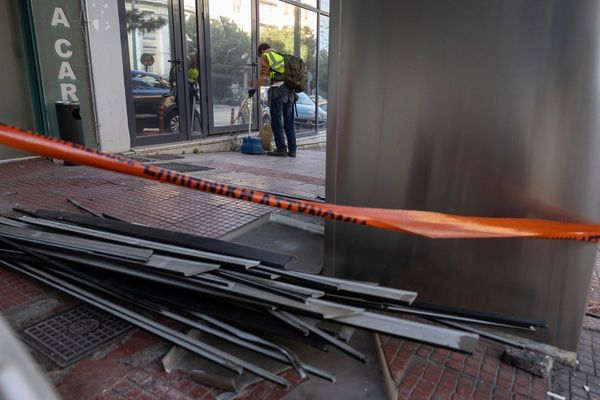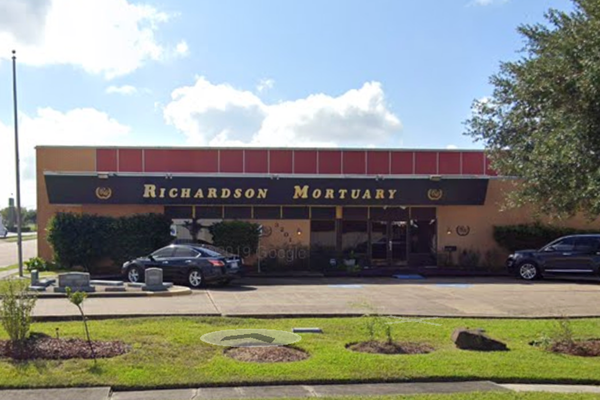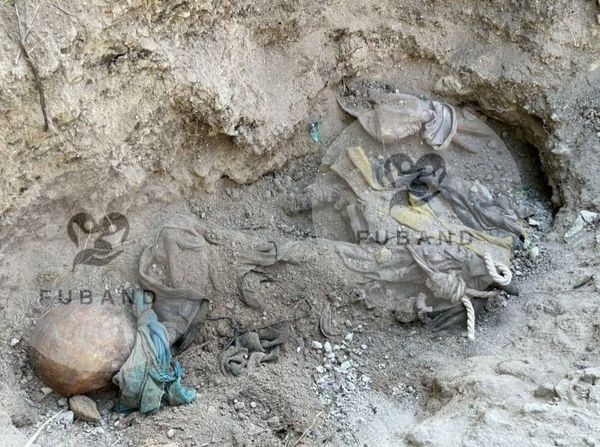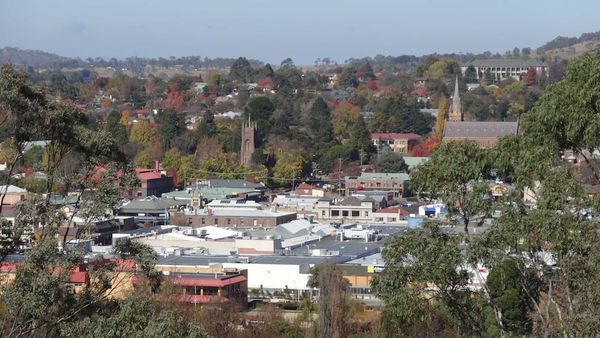
The Australian “love affair” with moving out of big cities during COVID-19 has ended, with regional areas suffering sharp declines in property prices as vendors discount their homes, new data reveals.
CoreLogic’s latest regional market update, published on Wednesday, finds some of Australia’s most popular lifestyle areas during the pandemic are among the hardest hit by the housing downturn.
The upmarket Richmond-Tweed region in New South Wales, which includes Byron Bay, Lismore and Tweed Heads, has seen property prices decline by 18.6 per cent annually in January.
CoreLogic head of research Eliza Owens said properties for sale in the region are sitting on the market for longer, with many sellers discounting.
“This was the region where values skyrocketed, with houses increasing more than 50 per cent during COVID, taking the median house value to more than $1.1 million,” Ms Owens said.
“Since then much has changed with borders reopening, outbound travel returning, workers returning to the office – not to mention the overlay of nine rate rises.
“It has been a swift and significant shift.”
Regional ‘charm’ fades
The Richmond-Tweed region isn’t alone; CoreLogic says the “charm” of regional markets has worn off for Australians as successive interest rate hikes and a return to the office has hit households.
Across the 25 largest non-capital city regions just 13 recorded an increase in property prices in the past 12 months, down from 21 over the year to October, CoreLogic said.
The Illawarra region (-12.6 per cent), and the Newcastle region (-9 per cent) were also hit hard.
“This is a trend we can expect to see playing out at least until interest rates top out,” Ms Owens said.
“Sellers will need to be realistic about their pricing expectations, make sure they have a quality marketing campaign behind the property, and be ready to expect some negotiation from buyers.”
Some regions defy trend
However, despite recent property price falls, regional home values are still higher across the nation than before the pandemic, CoreLogic said.
“Since the rate hiking cycle commenced in May, monthly value changes have averaged -0.8 per cent across regional Australia through to January, compared to -1.1 per cent in the capitals,” Ms Owens said.
“This also follows a larger price boom in the regions of 41.6 per cent, compared to the combined capitals increase of 25.5 per cent.”
In fact, some regional areas continue to record strong property price growth despite rising rates.
This includes south-east South Australia – places like Kangaroo Island – which has seen prices increase 15.7 per cent over the year to January.
The NSW regions of New England (up 11.5 per cent) and the north-west Riverina (up 10.1 per cent) have also continued to record property price gains, bucking bigger trends.










